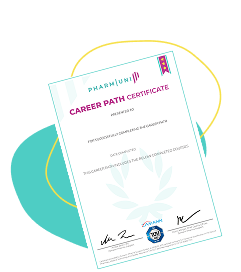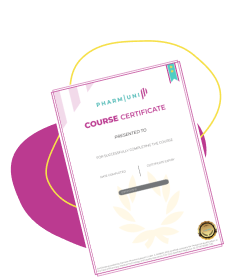QMS Documentation
Definition
QMS documentation refers to the structured set of documents and records that define, implement, and maintain a Quality Management System (QMS) in compliance with applicable regulatory standards, particularly in the pharmaceutical, biotechnology, and life sciences industries. These documents include policies, procedures, standard operating procedures (SOPs), work instructions, forms, and records that demonstrate adherence to quality and regulatory requirements.
Proper QMS documentation ensures consistency, traceability, and accountability in processes that impact product quality and patient safety. It is a foundational component of Good Manufacturing Practice (GMP), ISO 9001, and ICH Q10 guidelines.
Detailed Explanation
Purpose and Importance of QMS Documentation
QMS documentation serves as the backbone of a quality-focused organization, particularly in highly regulated sectors like pharmaceuticals and life sciences. Its primary purposes include:
- Ensuring compliance with regulatory standards (e.g., FDA 21 CFR Part 211, EU GMP, ICH Q10)
- Providing clear instructions and expectations for quality-critical processes
- Supporting training and competency development
- Facilitating audits and inspections
- Enabling traceability and continuous improvement
Core Components of Pharma QMS Documents
QMS documentation is typically structured in a hierarchical format, often referred to as the “QMS documentation pyramid.” The levels include:
- Quality Manual: High-level document outlining the organization’s quality policy, scope, and overall QMS structure.
- Policies and Procedures: Define specific quality objectives and how they are achieved.
- Standard Operating Procedures (SOPs): Detailed, step-by-step instructions for carrying out key operational and quality processes.
- Work Instructions: More granular than SOPs, these guide specific tasks or equipment use.
- Forms and Records: Used to capture data and provide evidence that procedures were followed as intended.
Examples of QMS SOPs in the Pharmaceutical Industry
Standard Operating Procedures (SOPs) are central to pharma QMS documentation. Common examples include:
- SOP for Change Control Management
- SOP for Deviation Handling and CAPA (Corrective and Preventive Action)
- SOP for Batch Record Review
- SOP for Equipment Calibration and Maintenance
- SOP for Document Control and Archiving
Document Control and Lifecycle Management
Effective QMS documentation requires robust document control processes that include:
- Version control and change history tracking
- Periodic review and approval workflows
- Access control and distribution logs
- Retention and archival in compliance with regulatory timelines
Electronic Document Management Systems (EDMS) are increasingly used to automate these processes, ensuring compliance and efficiency.
Regulatory Context and Compliance
Regulatory bodies such as the U.S. Food and Drug Administration (FDA), European Medicines Agency (EMA), and World Health Organization (WHO) mandate the use of QMS documentation to ensure product quality and patient safety. Key guidance documents include:
- FDA 21 CFR Part 211 – Current Good Manufacturing Practice for Finished Pharmaceuticals
- ICH Q10 – Pharmaceutical Quality System
- ISO 9001 – Quality Management Systems Requirements
Failure to maintain proper QMS documentation can lead to regulatory citations, product recalls, and reputational damage.



